How To Stop And Reduce Hair Fall – 14 Things That Worked For Me

Who hasn’t had a hair loss scare? All of us, at some point, start to fear that we might be losing too much hair. While most of the time it’s just a false alarm, and our hair’s routine shedding, in some cases, it is more than that. But what could be causing the unexpected hair loss?
If you have been experiencing hair fall, and have reason to believe that it’s not just your shedding cycle, the first thing to do would be to find out what’s causing the problem. But first, let’s dismiss some common myths concerning hair fall, discuss how hair growth works, and why hair fall occurs
1. Myths Concerning Hair Fall
.

Myth 1- Only Men Are Affected By Balding
Let me make this very clear: Experiencing hair loss doesn’t indicate that there is something wrong with one of your ‘X’ chromosomes. It is actually pretty common for women to experience hair fall. In fact, 40% of women are affected by hair loss at some point in their lives.
Myth 2- Washing Your
Hair Too Often Is The Problem
2. Hair Growth – The Stages
Have
you ever wondered why your hair does not grow past one point no matter how much
you try? This is because, contrary to popular belief, your hair has a life
cycle of 3-5 years after which it falls out to let a new hair grow in its
place.
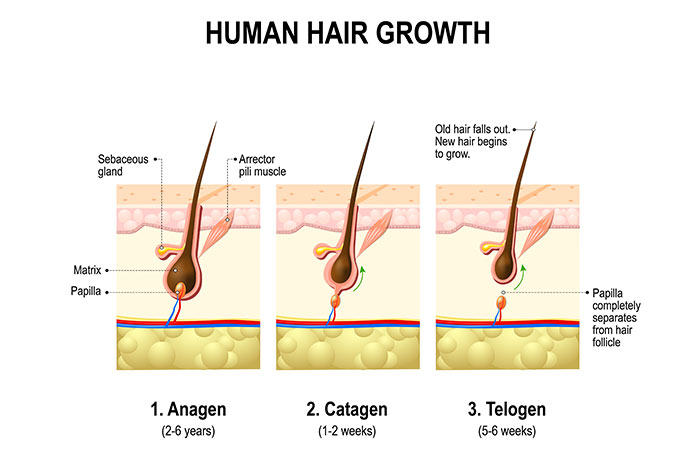
Stage 1: Anagen
This
is the phase when the hair grows out from the follicles, and the shaft is
continuously constructed, increasing the length of your hair. This phase can
last for 2-6 years.
Stage 2: Catagen
In
this phase, your hair prepares to go into resting. This stage can last for
about 2 weeks.
Stage 3: Telogen
The
last phase is the resting phase wherein the hair stops growing and eventually
falls out to let a new hair replace it. This phase lasts for about 5-6 weeks.
10-20%
of your hair is always in resting at any given time. Hair loss occurs when your
hair falls out without completing this 3 stage cycle. The hair loss becomes
permanent when the follicle stops producing hair, leading to balding. There are
two types of hair fall that can lead to balding; keep reading to find out what
they are.
3. Patterns Of Hair Fall – Types Of Hair Loss
Pattern 1: Telogen Effluvium
If
you have been experiencing loss of hair from all over your scalp and body, it
is likely that you have Telogen Effluvium.
Telogen
Effluvium occurs when more than 20% of your follicles suddenly go into the
telogen phase, decreasing the number of follicles that are actively growing
hair. This results in the loss of volume and, eventually, balding.
Pattern 2: Androgenic
Alopecia
This
condition is more commonly known as female pattern baldness and is hormonal.
Hair starts to fall off when the male sex hormone testosterone is converted
into dihydrotestosterone and starts to attack the hair follicles, rendering
them useless and curbing hair growth.
Female
pattern baldness is strikingly different from the male pattern baldness. The
primary symptoms of female pattern baldness include the following:
·
Hair thinning in female pattern baldness is observed mainly on
the top and the crown area. Balding starts with the widening of the center hair
part.
·
The front hairline remains unaffected in most patients.
·
The hair loss may be acute, but it does not lead to complete or
near total baldness, as it does in men
·
More hair loss observed during showers and while brushing your
hair.
4. What Causes Hair Fall?
Causes
of hair fall vary from person to person. While in some cases external factors
might be responsible, issues such as some serious medical conditions, lack of
nutrition and heredity are also leading causes of baldness in most patients.
Check out some of the top factors that might cause premature hair loss in
women.
a. Hereditary Factors

Baldness
is often passed down through genes. If your parents have a hair loss problem,
it is likely that you will as well. While this is more evident in men, women
too suffer from genetically inherited alopecia.
b. Hormonal Changes
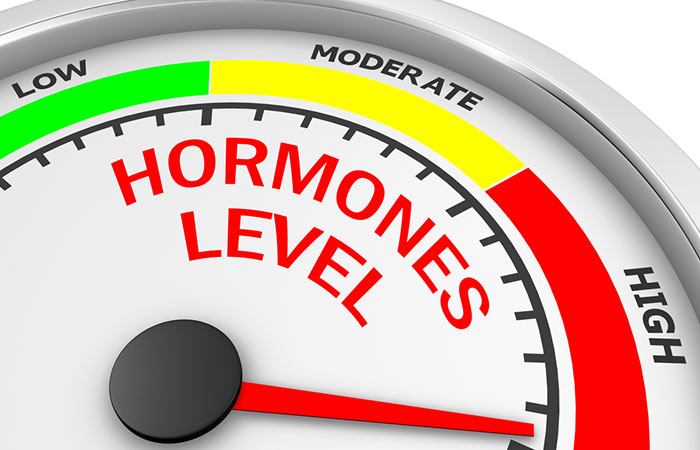
Hormonal
changes in the body increase the sensitivity of hair follicles, weaken hair
roots, and cause excess hair fall. Menopause, ovarian cyst, hypothyroid,
hyperthyroid, etc., bring about changes in your body’s hormonal balance, which
eventually leads to hair loss.
c. Pregnancy
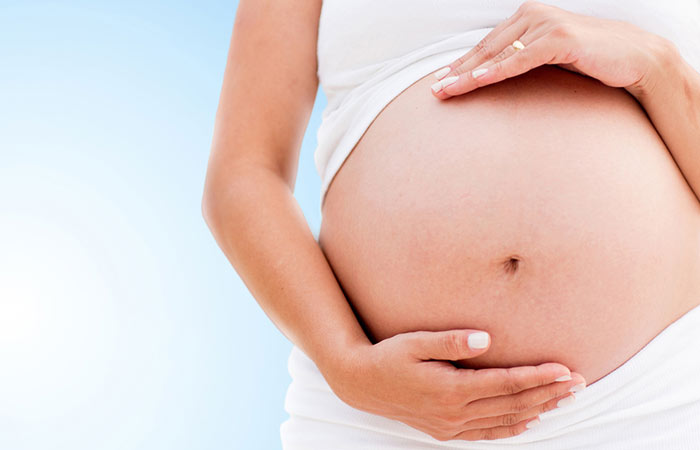
I
Most
women, during, and post pregnancy, experience frequent dehydration, fatigue,
and hormonal imbalance. This causes increased sensitivity in the hair
follicles. It also creates unfavorable scalp conditions. All of these factors
together lead to chronic hair fall.
d. Physical And Mental Stress

Persistent
illness, drastic and excessive weight loss, and extreme physical labor can
cause the body to get dehydrated and exhausted. This can make the hair
follicles undernourished and weak, and cause rapid hair loss.
e. Scalp Infection
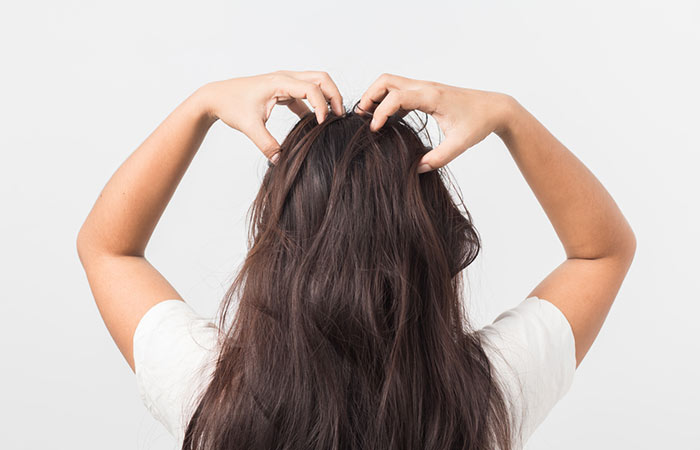
Fungal,
bacterial, and viral infections like seborrhea dermatitis and psoriasis in the
scalp can weaken the roots and damage hair follicles, thereby causing thinning,
breakage, and hair fall.
f. Alopecia Areata
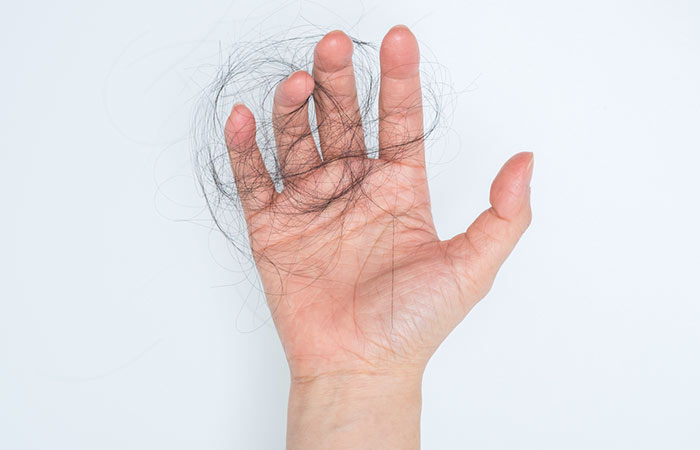
This
is an autoimmune disorder where the immune system mistakes hair for a foreign
contaminant and starts attacking the hair follicles, causing hair loss. There
is no cure for this condition and 10% of the people who have it suffer from permanent
hair loss.
i. Medication And Treatments

Certain
medical conditions call for treatments and surgeries that help to cure the
ailment. While these treat your condition, the side effects of the treatments
can often damage the hair follicles and cause rapid hair fall. Treatments like
chemotherapy to treat cancer, steroids, and medication for typhoid, heart
diseases, depression, etc. are known to be responsible for extreme hair fall to
the extent of causing baldness. Here’s a list of drugs that list hair loss as a
possible side effect:
1. Anticoagulants
2. Diet
pills
3. Birth
control pills
4. Thyroid
medicines
5. Aspirin
and other types of non-steroidal anti-inflammatory drugs
6. Aleve
or ibuprofen
7. Gemfibrozil,
clofibrate, and other cholesterol medicines
8. Ulcer
medications such as ranitidine, famotidine, etc.
j. Thyroid Disorders
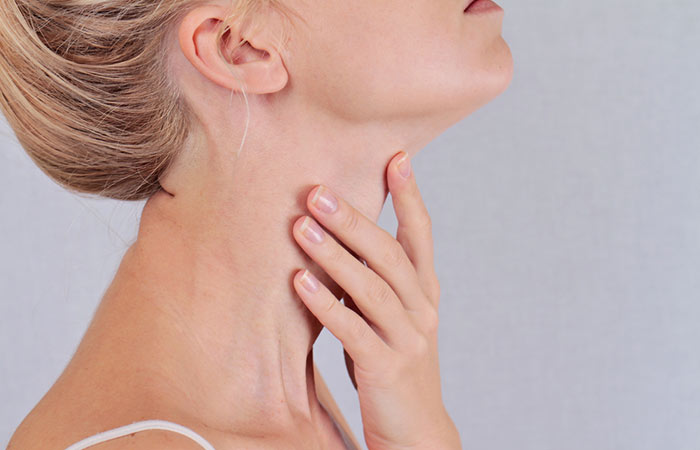
Thyroid
disorders and anti-thyroid medication almost always lead to hair loss. The hair
looks sparse and the hair loss is evenly distributed all over the scalp.
Successful treatment often leads to the hair growing back, but in some cases
the hair loss is permanent.
k. Overprocessing And Styling

While
everyone wants their hair to look on point all the time, going overboard with
chemical hair treatments and hot styling tools can lead to hair fall.
l. Iron Deficiency, Anemia,
And Blood Loss
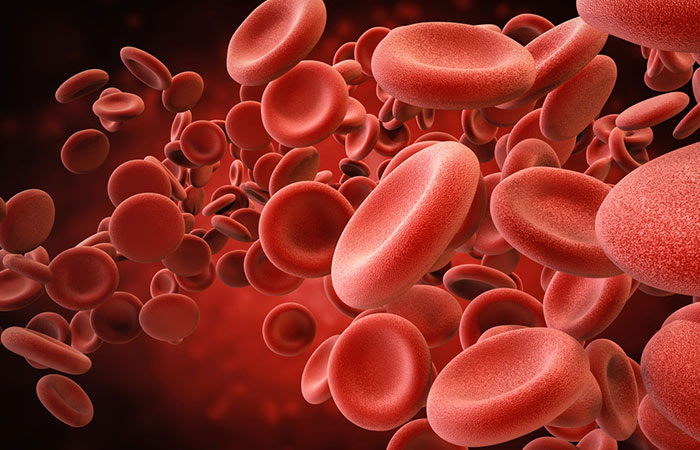
Deficiency
of red blood cells in the body, sudden loss of blood, and insufficient iron
levels in the body cause not only fatigue, weakness, and headaches, but also
hair loss.







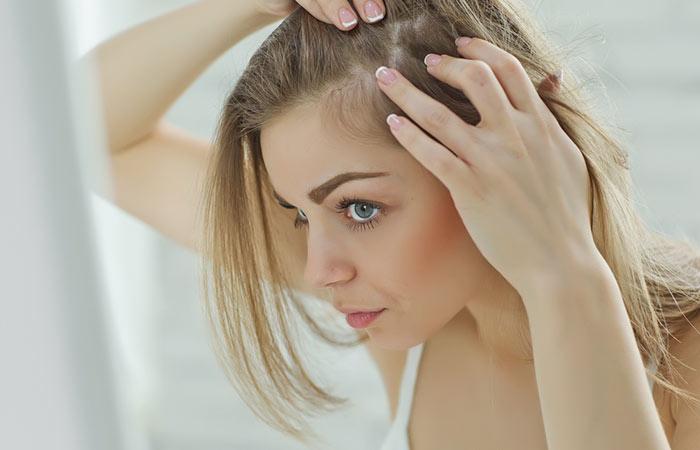



No comments: